The federal government has erased 'transgender' from its websites — but for transsexuals, the erasure began long before that.
There was a time when transsexual meant something specific. It referred not to an identity, not to an ideology, but to a medical condition — a deep, neurobiological incongruence between body and self that could only be resolved through structured medical intervention. But that specificity is gone. In its place, a fiction has been constructed, one that folds transsexuals into an incoherent mass identity under the ‘transgender’ label, subsuming them into a movement that neither understands nor serves them. This is not a matter of mere semantics, but the slow obliteration of transsexual reality, one that has left those with a diagnosable and treatable condition without recognition, without representation, and increasingly, without access to the medical care upon which their very survival depends.
I should be grateful, perhaps, that the US federal government has finally dropped the term ‘transgender’. But there is no satisfaction in seeing an incoherent concept removed when what was once meaningful has already been buried beneath it. To be erased from false recognition is not a victory. It is simply a confirmation of what has already happened.
1) Transsexualism Is Not an Identity — It Is a Medical Condition
There was a time when transsexuals had a name, a framework, a path forward. It was not perfect, but it was understood. We were not an ‘identity group.’ We were not a political faction. We were patients — people with a rare but real condition, one that required sex reassignment to resolve. The fight was not for affirmation but for access. For care. For the ability to align our sexed bodies with the neurobiological expectations that would otherwise tear us apart.
But those distinctions have collapsed. The categorisation of transsexuals under the ‘transgender’ umbrella was not organic; it was an ideological manoeuvre — one that originated not from shared experience but from organised transvestism seeking legitimacy. It was never about solidarity; it was about appropriation. Transsexuals, with their documented medical histories and structured treatment pathways, lent credibility to a movement that had none. Similarly, their absorption into the broader ‘LGBT’ framework was not an act of mutual alliance but of convenience. In both cases, transsexuals lost.
Unlike homosexuals and transvestites, who need only societal permissiveness, transsexuals require structured medical intervention to function in daily life. And yet, by forcing them under a movement that increasingly rejects any medical basis for being ‘trans,’ their needs have been deprioritised, their care politicised, and their reality rendered unspeakable.
Medical necessity was replaced with ideological affirmation. Physiological relief was discarded in favour of performative indulgence. And in that shift, something essential was lost — precision, legitimacy, and the ability to name what transsexuals are without apology.

2) The Paradox of Recognition: What Happens When a Category Becomes Meaningless?
The erasure of ‘transgender’ from official recognition presents a paradox. On one hand, it risks further obscuring those who truly require medical transition. On the other, the term ‘transgender’ had already become so broad that it rendered any recognition meaningless.
The category is now so expansive that it has lost any definitional coherence. One report will claim there are 15,000 ‘transgender’ personnel in the U.S. military, yet within the same article, only 2,000 are noted as having a formal diagnosis of ‘gender dysphoria’ — a diluted, catch-all that replaced the once-distinct diagnoses of transsexualism and transvestism. An even smaller, unreported fraction of this 2,000 have pursued or undergone sex reassignment surgery. What exactly is being measured here? Is it transsexuals, who have a distinct medical history and a clear end-goal? Or is it anyone who ‘identifies’ outside of traditional sex-based categories? The numbers betray the absurdity of the conflation.
A man who faces discrimination for his mannerisms is not experiencing the same thing as a transsexual whose body fundamentally mismatches her neurobiological own-body perception. A teenage girl who is struggling with social expectations and the sexualisation of her pubescent body is not the same as a child experiencing the visceral horror of sex dysphoria. Yet under the ‘transgender’ umbrella, all of these experiences are collapsed into one. Medical transition is treated not as a necessity but as an option— one possible ‘identity affirmation’ among many. And the result is incoherence.
Policymakers cannot make informed decisions when the category itself is functionally meaningless. Medicine cannot provide effective treatment when it is no longer allowed to name the condition it is treating (sex hormones have nothing to do with ‘gender’). And transsexuals are left adrift, buried beneath a term that speaks for everyone and represents no one.
3) When Recognition No Longer Matters: The Role of Transition
A transsexual only truly requires recognition when they are still visibly in transition. During this period, medical and legal institutions play a role in facilitating access to treatment, document changes, and ensuring safety. But once a transsexual has undergone the necessary interventions and no longer appears ‘in-between’ sex phenotypes, their daily life is indistinguishable from that of any other person of their target sex.
The struggles a post-transition transsexual faces are not about being transsexual. They are about being perceived as a man or a woman in society. The moments that provoke reactions — the second glances, the judgment, the hostility — do not come from any residual aspect of their transition, but from realities of sex. A transsexual woman holding hands with another woman in a conservative area is not perceived as a ‘transsexual’ — she is perceived as a homosexual, and faces risks on that basis. A transsexual man wearing a kippah in an antisemitic environment is not harassed for being ‘trans’ — he is harassed for being visibly Jewish.
And a transsexual woman standing on a street corner is not seen as someone who fought through years of medical intervention to reclaim her body — she is seen as a prostitute, disposable, a cautionary tale. The violence she faces is not because she is ‘transgender,’ but because she is perceived as a woman who is economically and sexually vulnerable, as so many women are. The world does not recognise nuance. It does not look at her and see a medical condition, a history, or a debate about gender theory. It sees a body, a role, an object to be taken or discarded. And when it does, no movement, no ‘inclusive’ umbrella, no ideological framework will step forward to claim her. Because when transsexual women are reduced to nothing but their survival, they are no longer useful to anyone.
The modern fixation on permanently categorising transsexuals as a separate social group is both reductive and unnecessary. Outside of medical and bureaucratic contexts, it serves no function except to keep transsexuals permanently tethered to a process they have already completed .
4) The First Step to Reversing Erasure: Dismantle the ‘Transgender’ Category
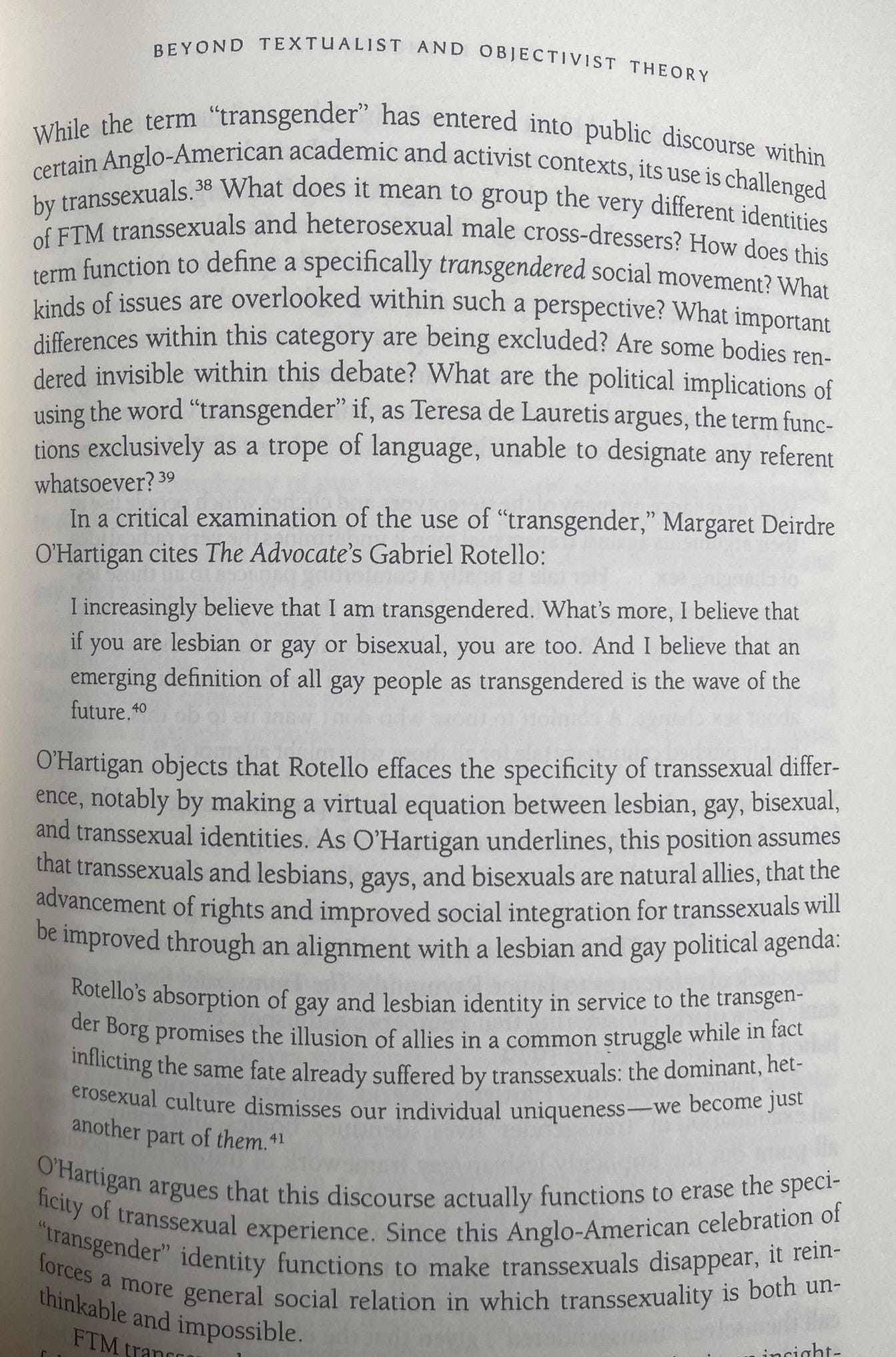
The term ‘transgender’ has been weaponised against transsexuals, forcing them under an umbrella that distorts their reality. The ‘transgender movement’ deliberately obscures the distinction between those with a medical need for transition and those who simply identify in opposition to sex-based norms.
As long as this umbrella remains dominant, transsexuals will remain buried beneath it — treated as mascots for a movement that has no stake in their survival. Their medical needs will continue to be deprioritised. Their condition will continue to be recast as an ‘identity.’ And their struggle will continue to be erased, not by external opposition, but by those who claim to represent them.
Restoring clarity requires the total rejection of ‘transgender’ as a valid category and the recognition that transsexuals exist outside of ideology, politics, and the concept of ‘gender.’ Transsexuals are not symbols. They are not political pawns. They are not representatives of a gender spectrum. They are individuals with a diagnosable, treatable condition that has been hijacked by activists, exploited by institutions, and erased in service of an ideological war that has nothing to do with them.
This erasure did not begin with a government website. It began the moment transsexuals were forced under an umbrella that was never meant to help them. It will not end with a simple change in language — it will only end when transsexuals are allowed to reclaim their own medical reality, free from the distortions of political fiction.
Until that distinction is made clear, until transsexuals can speak for themselves without being drowned out by a movement that was never theirs, this erasure will continue. And as long as it does, transsexuals will remain voiceless, lost in the shadow of a movement that never had any intention of seeing them in the first place.
Tired Transsexual is a woman born transsexual. Born and raised in the United States, she now resides in the UK.

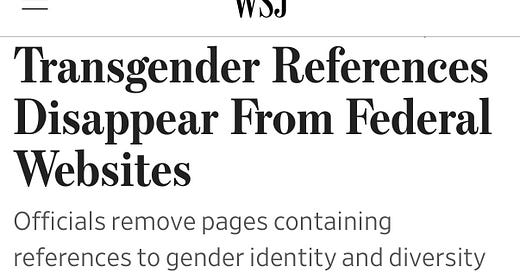



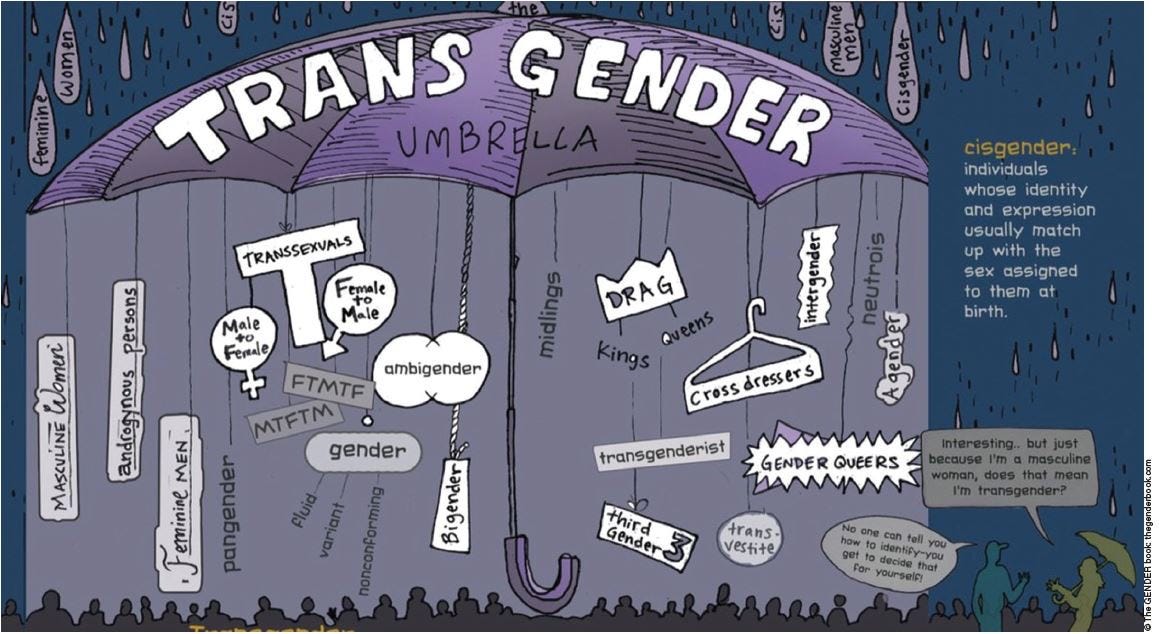
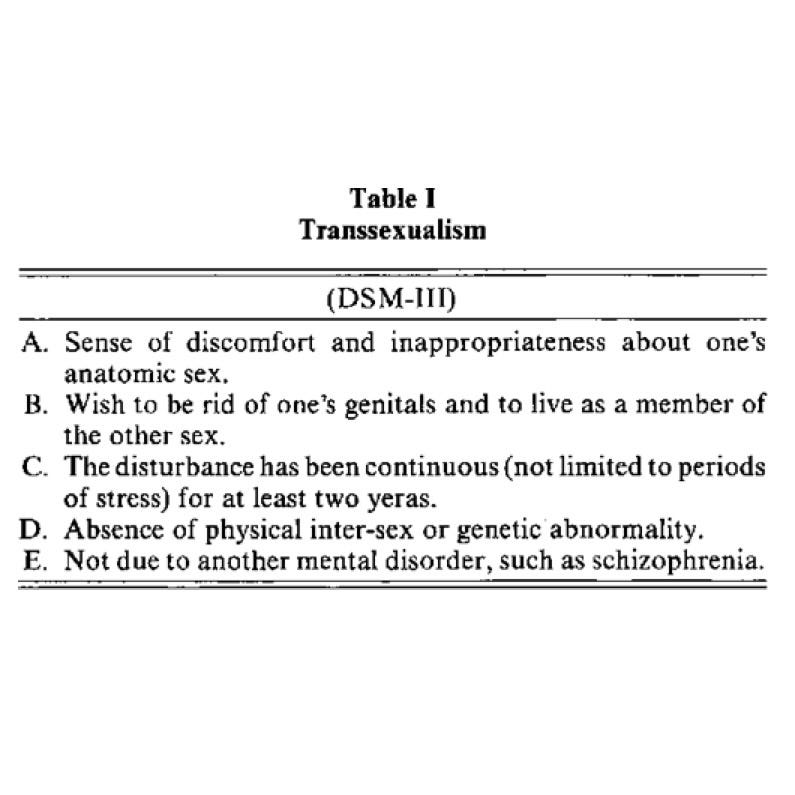
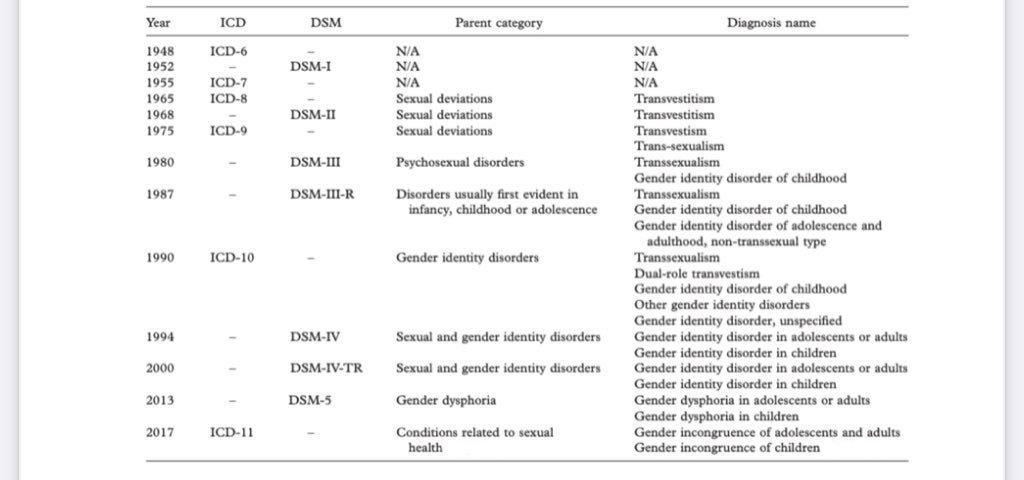
Well written essay. Trans Visibility is a double edged sword. It isn't just politicians can't have all of the information when making policies, which should be a great reason not to even have politicians, but politicians are enslaved to their own ideologies. Transgender didn't even need to be a thing for a Donald Trump and his MAGA cult to try to erase Transsexuals. This erasure began with Trans Visibility.
I met Margaret Deirdre O'Hartigan in 1993 through bisexual activism. She was my mentor in understanding transsexuality and being an ally. At that time, lesbian and gay community organizations were still unapologetically excluding both bisexuals and transsexuals unless we passed as lesbians/gay. Since that time, I have never seen full inclusion and acceptance in the "community" -- yet somehow there emerged the current trend of reifying gender stereotypes to the point of pressuring everyone to publicly their gender feelings and the nature of their sexuality. Who are the people that led this trend and why??